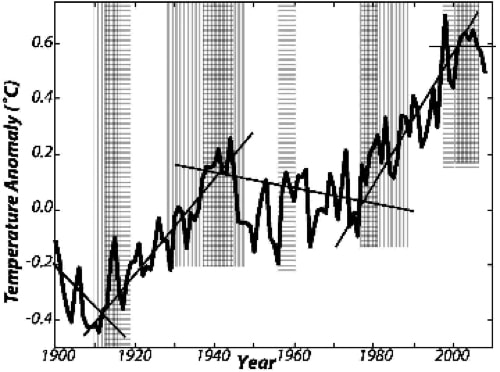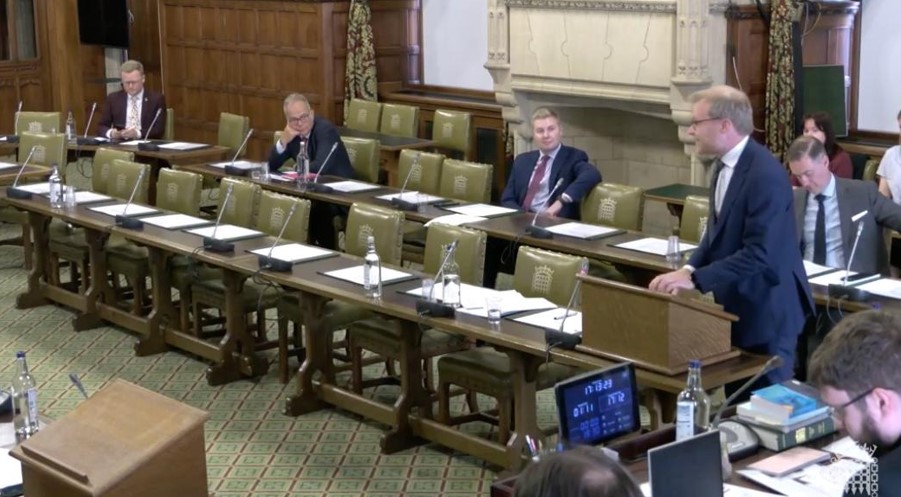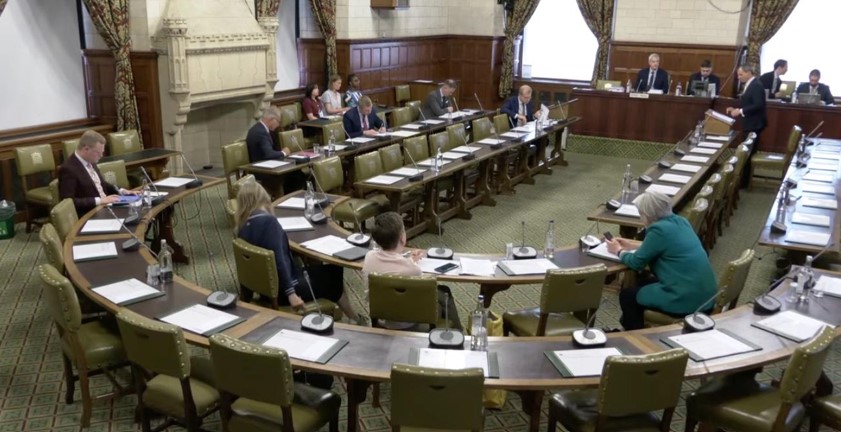To say that climate know-nothings like to pick and choose when it comes to interpreting the science is something of an understatement.
“Prominent” – and I use the term loosely here – deniers like Dennis Avery, S. Fred Singer and Michael Asher have made a cottage industry of playing loose with the numbers and extrapolating short-term trends to make sweeping statements about global warming (see: one unusually cold month means global warming is over).
Which is why I have a feeling this study (sub. required), entitled “Has the climate recently shifted?” (which will be published in an upcoming issue of the journal Geophysical Research Letters), will catch many a denier’s eye. The main takeaway from this study is that there is a significant degree of variability in our climate system, and that, even though we may be entering a period of warming “stasis,” long-term trends still point to significant warming due to anthropogenic forcing.
According to the authors, Kyle L. Swanson and Anastasios A. Tsonis of the University of Wisconsin-Milwaukee, the climate seems to have come to a point where two important modes of variability – the Northern Hemispheric atmospheric and oceanic modes, to be exact – have synchronized, or become coupled. This, they say, results in the climate system being “thrown into a new state,” which will likely be marked by a flattening of the global average temperature trend.
How could a modal synchronization precipitate such a dramatic shift in the climate system?
The reason, Swanson and Tsonis explain, is that the climate system becomes much more sensitive to the possibility of a shift when these important modes of variability align. When coupling between the two increases, the climate system is destabilized and a new and different state emerges – this is what climate scientists refer to as the “theory of synchronized chaos.”
The authors provide a helpful analogy to illustrate how this theory works:
Because such couplings have coincided with all the major climate shifts of the last century, they believe that the latest synchronization of the two modes, which occurred in 2001/02, indicates a temporary break in the consistent warming trend of the last three decades. (A multidecadal period of cooling had preceded the last coupling, which happened in 1976/77.)
They recognize, though, that the high degree of variability inherent to the climate system makes any prediction difficult and speculative, at best. Indeed, they attribute the recent period of cooling to an internal shift of climate processes, which they say remains poorly understood, and note that slight changes in how the oceans and atmosphere absorb and radiate heat could have influenced other short-term trends.
The high degree of uncertainty inherent to climate modeling itself makes this study, like the many that preceded it, thought-provoking but by no means conclusive – something the authors readily acknowledge in their conclusion: “Of course, it is purely speculative to presume that the global mean temperature will remain near current levels for such an extended period of time.”
The rest of the section should be required reading for those who will undoubtedly use the authors’ hypothesis to support their erroneous views. Here are a few key passages:
“Moreover, we caution that the shifts described here are presumably superimposed upon a long term warming trend due to anthropogenic forcing.”
…
This last passage is crucial:
To deniers, who will ignore the authors’ caveats, this study will seem like manna from heaven; to the rest of us, this will just serve as another reminder of how bad things could become.
This month we’re giving away FREE copies Keith Farnish’s new book Times Up: an uncivilzed solution to a global crisis.
Go here to find out more details about DeSmogBlog’s monthly book give-away.
Subscribe to our newsletter
Stay up to date with DeSmog news and alerts







